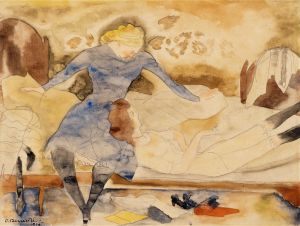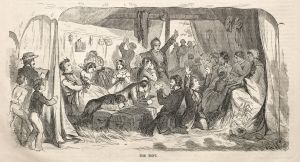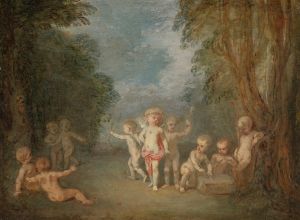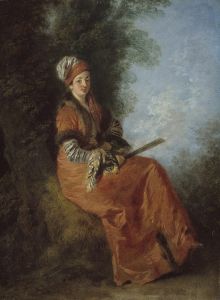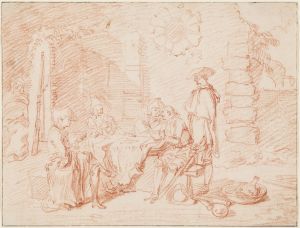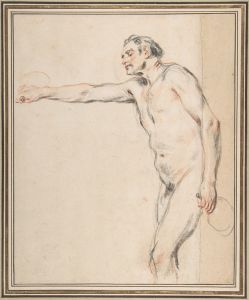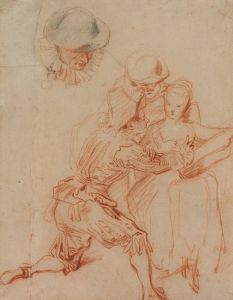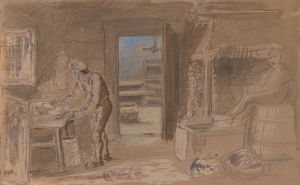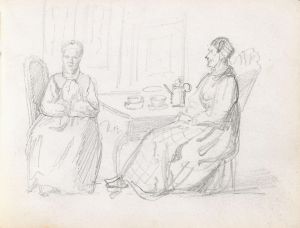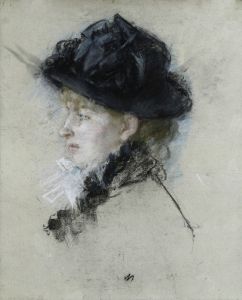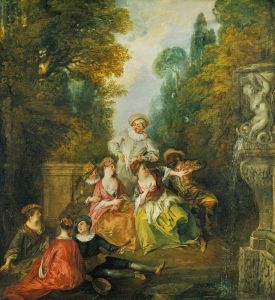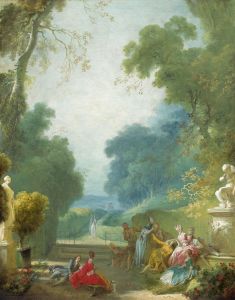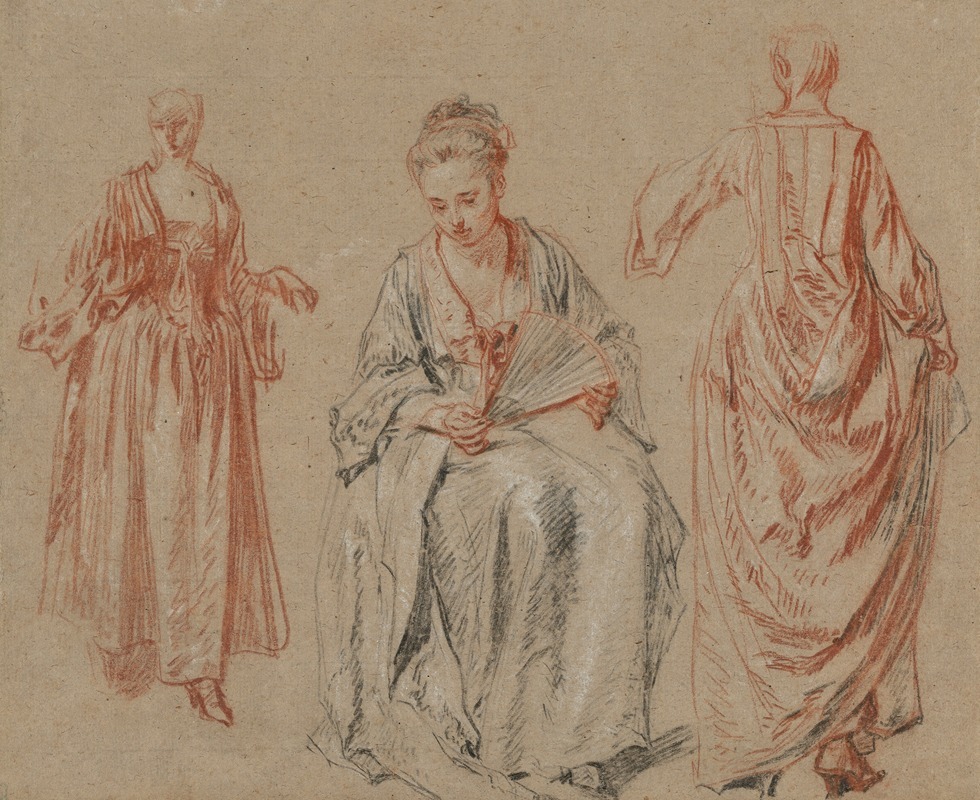
Studies of Three Women
A hand-painted replica of Jean-Antoine Watteau’s masterpiece Studies of Three Women, meticulously crafted by professional artists to capture the true essence of the original. Each piece is created with museum-quality canvas and rare mineral pigments, carefully painted by experienced artists with delicate brushstrokes and rich, layered colors to perfectly recreate the texture of the original artwork. Unlike machine-printed reproductions, this hand-painted version brings the painting to life, infused with the artist’s emotions and skill in every stroke. Whether for personal collection or home decoration, it instantly elevates the artistic atmosphere of any space.
Jean-Antoine Watteau's Studies of Three Women is a drawing attributed to the French Rococo artist, who is renowned for his delicate and expressive works. Watteau (1684–1721) was a pivotal figure in early 18th-century French art, celebrated for his innovative approach to composition, his mastery of color and texture, and his ability to capture fleeting moments of grace and emotion. While Watteau is best known for his fêtes galantes—scenes of aristocratic leisure—his drawings also reveal his exceptional skill as a draftsman.
Studies of Three Women is a preparatory drawing, executed in red chalk, a medium Watteau frequently used to achieve subtle gradations of tone and texture. The work depicts three individual female figures, each rendered with remarkable sensitivity and attention to detail. The poses and expressions of the women suggest that the drawing may have been created as a study for a larger painting or as part of Watteau's exploration of human form and gesture. The figures are shown in different positions, with variations in posture and drapery, reflecting Watteau's interest in capturing the naturalistic movement and individuality of his subjects.
Watteau's drawings were often created as part of his artistic process, serving as studies for his painted compositions. His use of red chalk allowed him to achieve a softness and fluidity that mirrored the elegance of his painted works. The figures in Studies of Three Women demonstrate his ability to convey texture, light, and shadow with minimal yet precise lines. The drawing exemplifies Watteau's focus on the human figure and his ability to imbue his subjects with a sense of life and personality.
The exact date of Studies of Three Women is not documented, but it is consistent with Watteau's style and technique during his mature period. Like many of his drawings, it reflects his deep engagement with the traditions of the French and Flemish schools, as well as his admiration for earlier masters such as Peter Paul Rubens. Watteau's drawings were highly prized during his lifetime and continue to be celebrated for their technical brilliance and emotional resonance.
Today, Studies of Three Women is recognized as an example of Watteau's extraordinary talent as a draftsman. The work is held in a private collection or museum, though its specific location is not widely documented. It remains an important piece for understanding Watteau's artistic process and his contribution to the Rococo movement.





